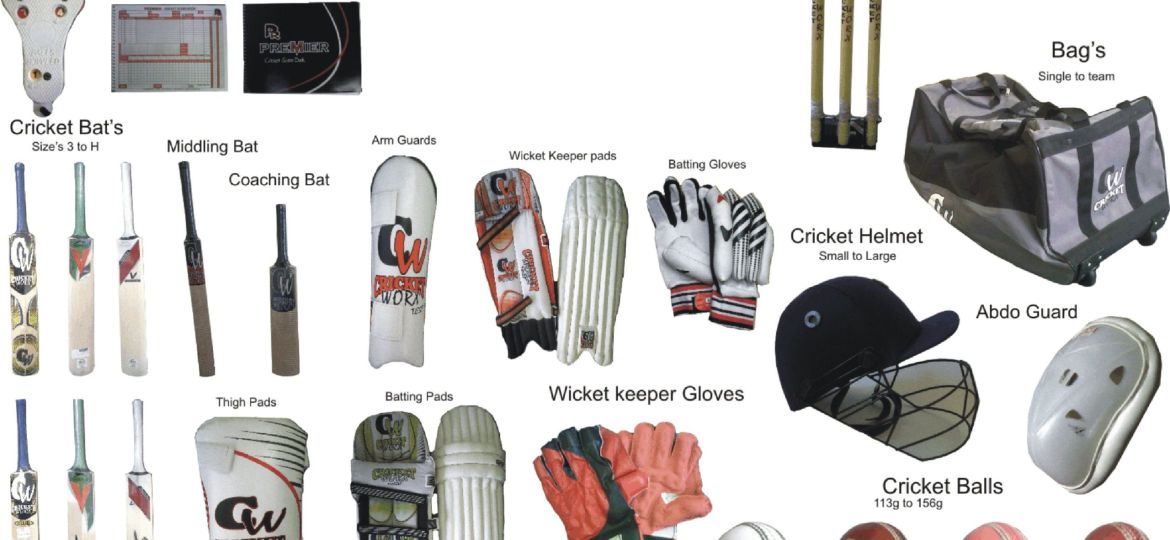- No products in the cart.

In today’s fast-paced and competitive sports world, cricket coaching equipment has evolved far beyond the basics. With the rise of technology, traditional coaching methods have been transformed, giving players deeper insights into their performance and more efficient ways to improve. From video analysis to sensors and smart stumps, tech-based training tools are now an integral part of modern cricket coaching. But how exactly do these innovations help in improving player performance? Let’s explore.
1. The Evolution of Cricket Coaching Equipment
Cricket has always been a game of skill, strategy, and split-second decisions. Earlier, coaching relied heavily on personal experience, visual observation, and trial-and-error methods. But the integration of technology has revolutionized how players train, analyze, and grow.
Modern cricket coaching equipment now includes:
- High-speed video cameras for analysis
- Motion and impact sensors in bats, balls, and wearables
- Smart stumps with embedded sensors and lights
- Pitch-mapping and trajectory tracking systems
These tools not only help in understanding technical flaws but also offer data-driven coaching for players of all levels—from beginners to professionals.
2. Video Analysis: See What the Eye Misses
Video analysis is one of the most impactful tools in cricket coaching. High-definition and slow-motion video captures allow players to view their movements frame by frame.
Benefits of Video Analysis:
- Technique correction: Coaches can point out flaws in batting stances, bowling actions, or fielding techniques that are not visible in real time.
- Comparative study: Players can compare their current technique with past performances or even with professional players.
- Feedback loop: Immediate visual feedback helps in faster correction and implementation.
For example, a bowler working on line and length can watch his arm position, foot landing, and follow-through in slow motion and make necessary adjustments.
3. Sensors and Smart Wearables: Data-Driven Coaching
Sensors embedded in cricket bats, balls, gloves, and even player clothing collect valuable data about performance. These devices connect via Bluetooth or Wi-Fi to mobile apps or coaching dashboards.
Types of Data Collected:
- Bat speed and swing path
- Ball impact location on the bat
- Bowling speed, spin, and seam position
- Player movement and fitness data
How It Improves Performance:
- Precision training: Data allows for pinpointed coaching—correcting a late bat swing or an unbalanced bowling stride.
- Performance tracking: Players can monitor improvement over time with measurable metrics.
- Injury prevention: Wearable sensors can track fatigue and alert players before it turns into an injury.
For instance, a bat sensor like the BatSense by Spektacom gives a batter real-time feedback on their backlift angle, impact timing, and bat speed—helping fine-tune their stroke play.
4. Smart Stumps and Fielding Tech: Enhancing Match Simulation
Smart stumps are another breakthrough in cricket coaching equipment. These LED stumps are not just for aesthetics—they are packed with sensors that can detect:
- Ball contact
- Edge detection
- Stump hit timing.
In training, these smart stumps simulate real match conditions, especially useful for wicketkeepers and bowlers. Coaches can measure how fast a keeper reacts or how close a bowler is to hitting the stumps.
5. Real-Time Analytics and Mobile Apps
With the help of cloud computing and mobile apps, coaching has gone mobile. Players can get instant feedback on their smartphones or tablets during nets or matches.
Examples of Useful Cricket Coaching Apps:
- Hawk-Eye: Tracks ball trajectory, speed, and bounce.
- PitchVision: Provides video and sensor-based feedback.
- Coach’s Eye: Enables side-by-side video comparison.
This real-time analysis shortens the learning curve dramatically. Instead of waiting for post-session feedback, players make instant corrections and improve faster.
6. Psychological Benefits of Tech-Driven Coaching
It’s not just the physical aspect that improves—technology-based coaching also boosts mental strength.
- Confidence building: When a player sees measurable improvement, it boosts self-belief.
- Stress reduction: Real-time feedback reduces uncertainty and guesswork.
- Goal setting: Data allows for setting achievable targets and milestones.
7. Application at All Levels of the Game
What’s remarkable is that this technology is not restricted to international teams. Grassroots academies and school-level coaching setups are now adopting affordable versions of cricket coaching equipment.
Affordable bat sensors, video analysis apps, and portable pitch-mapping devices are being used across India, Australia, England, and other cricket-loving nations.
8. Limitations and Challenges
While the benefits are vast, there are a few challenges:
- Cost: High-end tech equipment can be expensive.
- Learning curve: Coaches and players need time to understand how to use the tools effectively.
- Over-reliance: Players must balance data with intuition and natural gameplay.
However, as technology becomes more accessible and affordable, these challenges are slowly being addressed.

